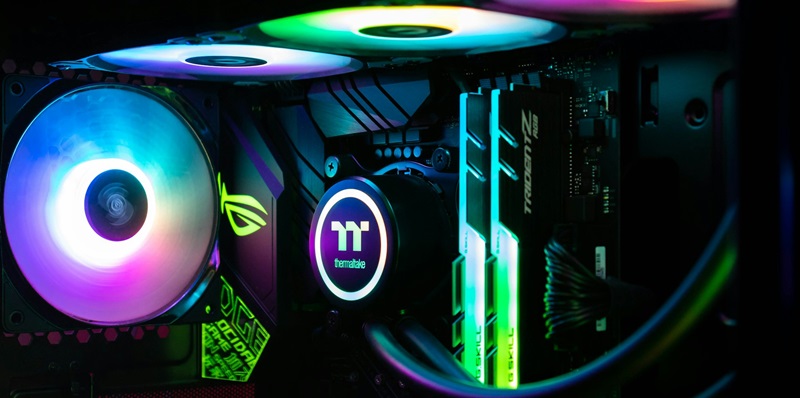The Nvidia RTX series has been a game-changer in the world of graphics cards, pushing the boundaries of gaming and rendering capabilities. However, with the upcoming launches of the Nvidia GeForce RTX 4070 Super and Nvidia GeForce RTX 4070 Ti Super, the Nvidia RTX 4080 Super faces the ultimate challenge – redeeming the series. In this article, we will delve into the release date, price, specifications, performance expectations, and the intense competition it will face from AMD’s Radeon RX 7900 XTX.
Release date and price
According to recent reports, the Nvidia RTX 4080 Super is set to launch on January 31, 2024, just a week after the Nvidia RTX 4070 Ti Super. This staggered release strategy allows Nvidia to create anticipation among users while offering a continuous stream of powerful GPUs. The US MSRP of the RTX 4080 Super is expected to be $999.99, which is $200 less than its predecessor, the Nvidia GeForce RTX 4080. This price reduction aims to make the RTX 4080 Super more accessible to gamers and enthusiasts.
Specifications and features
Thanks to Nvidia’s CES announcement, we have gained valuable insights into the specifications of the Nvidia GeForce RTX 4080 Super. While the exact CUDA core counts are yet to be officially confirmed, there are rumors that the 4080 Super will feature unlocked compute units, potentially totaling up to 80, resulting in a CUDA core count of 10240. This significant increase in compute units promises enhanced performance and smooth gameplay.
Another exciting feature of the RTX 4080 Super is the implementation of GDDR6X memory, which Nvidia claims to be the fastest consumer graphics memory worldwide. With a blistering speed of 23 Gbps, this graphics card is poised to deliver exceptional memory performance, enabling gamers and content creators to seamlessly tackle graphically-intensive tasks.
Additionally, the RTX 4080 Super will maintain the same 320W TGP as its predecessor. This suggests that Nvidia has made energy-saving enhancements in other areas of the card’s design, ensuring efficiency without compromising its overall performance capabilities.
Performance expectations
Without benchmarking data, it is challenging to provide precise performance comparisons for the RTX 4080 Super. However, based on its specifications and the strong performance of the RTX 4080, it is reasonable to anticipate that the RTX 4080 Super will deliver significantly improved performance, approaching the levels of the high-end RTX 4090. The inclusion of 80 ray tracing cores and 320 tensor cores will further enhance its ray tracing capabilities and overall performance.
Competition against the AMD Radeon RX 7900 XTX
Notably, the RTX 4080 Super will face direct competition from AMD’s flagship GPU, the AMD Radeon RX 7900 XTX, which will be available at the same price point. The clash between these two powerful graphics cards is bound to be intense and exciting, as both Nvidia and AMD strive to dominate the market. Gamers and enthusiasts can anticipate a head-to-head battle between these two cards, vying for supremacy and providing users with a wide range of options.
The Nvidia RTX 4080 Super holds immense promise in redeeming the RTX series, thanks to its impressive specifications and anticipated performance improvements. With its lower price point compared to its predecessor, it becomes more accessible to a broader range of users. Moreover, the competition with AMD’s Radeon RX 7900 XTX ensures a thrilling battle for market dominance. As we eagerly await its release, the RTX 4080 Super holds the potential to elevate gaming, rendering, and content creation experiences to new heights.

